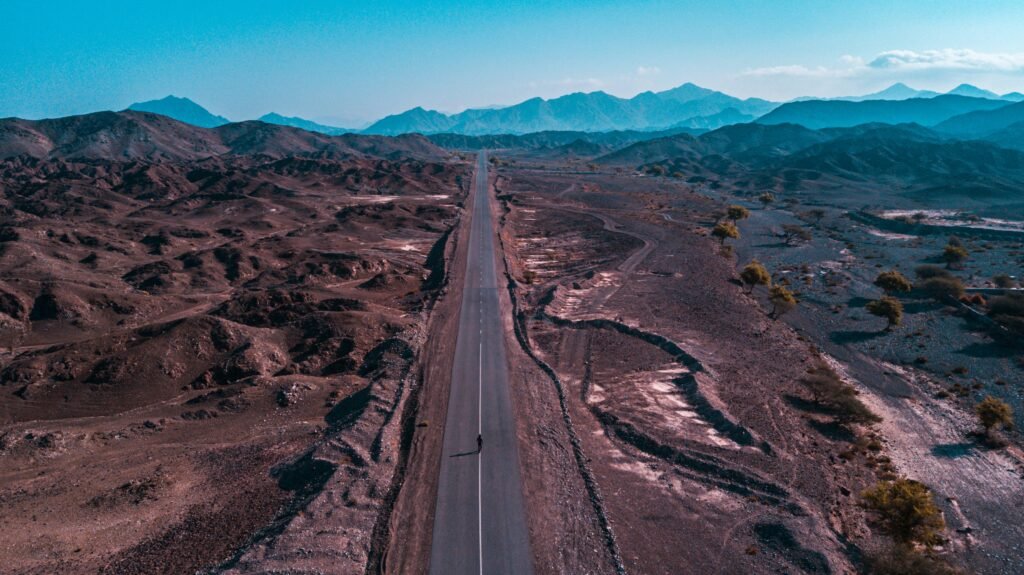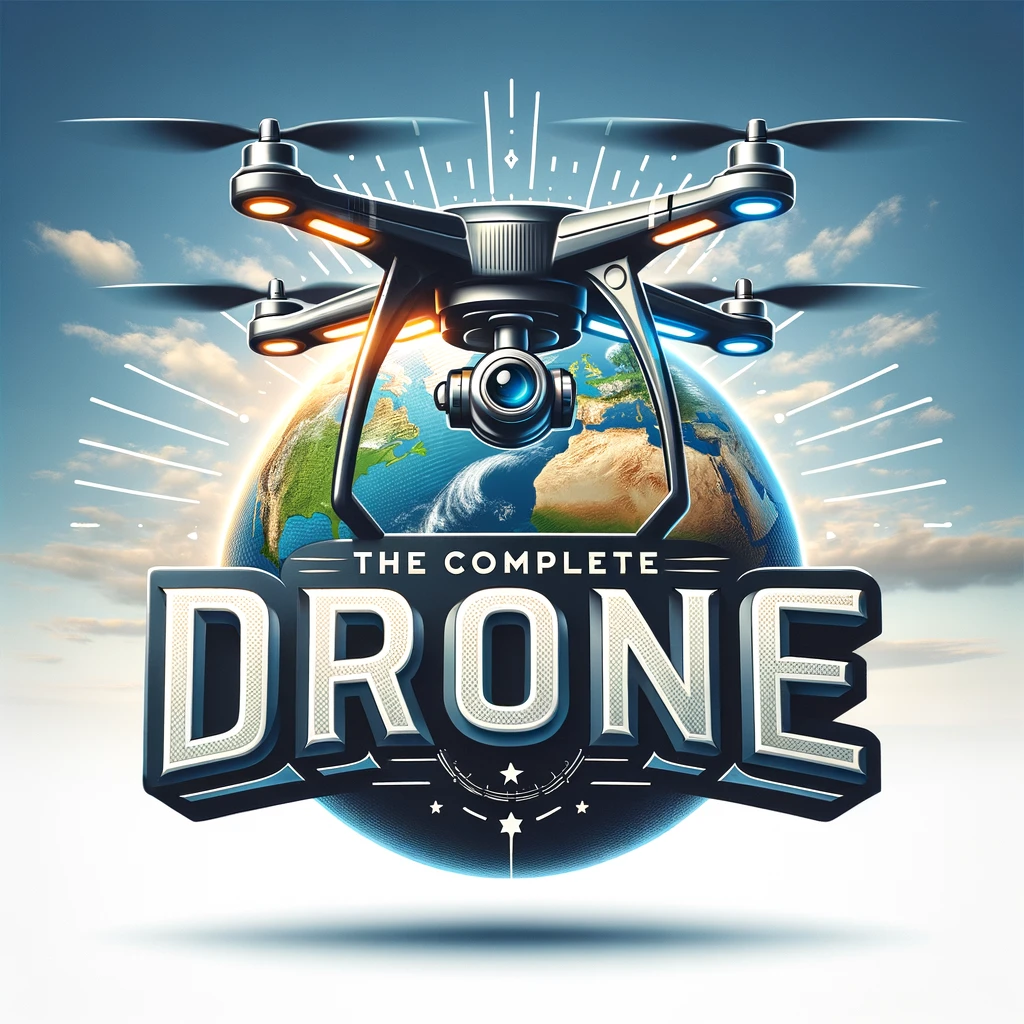Imagine the thrill of sending a drone soaring through the sky, capturing stunning aerial views and exploring places you never thought possible. But have you ever wondered just how high these remarkable devices can actually go? In this article, we will uncover the maximum altitude that drones can reach, providing you with a glimpse into the limitless potential of these modern marvels. From regulations to technical limitations, join us on a journey to discover just how high you can set your drone’s sights!

This image is property of images.pexels.com.
Types of Drones
Fixed-Wing Drones
Fixed-wing drones are a popular type of drone that resemble mini airplanes. These drones have a fixed wing structure that enables them to achieve a longer flight duration and cover more ground. Fixed-wing drones are known for their efficient flight patterns and ability to withstand windy conditions. They are commonly used in surveying and mapping applications, as well as in the agricultural industry for crop monitoring.
Multirotor Drones
Multirotor drones, also known as quadcopters, are the most commonly seen type of drone. These drones feature multiple rotors that provide vertical takeoff and landing capabilities, along with excellent maneuverability. Multirotor drones are versatile and can be used for various purposes, such as aerial photography, video recording, and even small package delivery. Their compact size and ease of use make them a popular choice among recreational users and professionals alike.
Single-Rotor Drones
Single-rotor drones are less common than other types of drones but are still known for their efficiency and stability. These drones have a large main rotor and a small tail rotor, enabling them to achieve higher speeds and carry heavier payloads compared to multirotor drones. Single-rotor drones are often used in professional applications, such as aerial surveillance, search and rescue missions, and even in the film and entertainment industry.
Hybrid Drones
Hybrid drones combine the features of fixed-wing and multirotor drones, offering the best of both worlds. These drones are capable of vertical takeoff and landing, like multirotor drones, but can also switch to fixed-wing flight for longer distances and extended flight duration. Hybrid drones are gaining popularity in industries such as aerial inspection and surveying, where the ability to cover large areas quickly is essential.
Legal Restrictions and Regulations
FAA Regulations (United States)
The Federal Aviation Administration (FAA) has established regulations for drone operation in the United States to ensure safe and responsible usage. These regulations include guidelines for registration, pilot certification, and flight restrictions. For hobbyist drone operators, registration is required for drones weighing more than 0.55 pounds. Commercial drone operators are required to obtain a Remote Pilot Certificate and adhere to additional guidelines, such as maintaining visual line of sight during flights and respecting flight height restrictions.
European Aviation Safety Agency Regulations (Europe)
In Europe, the European Aviation Safety Agency (EASA) sets the regulations for drone operation. EASA’s regulations aim to harmonize drone operation across European Union member states. The regulations define different categories of drones based on their weight and flight capabilities, and operators must adhere to specific requirements for each category. For example, commercial drone pilots need to obtain a Certificate of Competency and register their drones with the authorities.
Other Countries’ Regulations
Apart from the United States and Europe, many other countries have their own regulations governing drone operation. These regulations vary in terms of drone registration, pilot certification, flight restrictions, and privacy concerns. It is essential for drone operators to research and comply with the regulations specific to their country or the location where they intend to fly the drone.
Flight Height Restrictions
Flight height restrictions are common in many countries to ensure safety and prevent interference with manned aircraft. These restrictions set a maximum altitude limit for drone flights, typically ranging from 400 to 500 feet above ground level. However, certain areas, such as near airports, military installations, or sensitive locations, may have stricter altitude restrictions or be completely off-limits for drone flights. It is crucial to check the local regulations and airspace restrictions before flying a drone.
Restricted Zones
Certain areas may be designated as restricted zones where drones are prohibited from flying, for security or privacy reasons. These restricted zones can include government buildings, cultural heritage sites, national parks, and densely populated areas. Some countries have established no-fly zones or geofencing technology to prevent drones from entering restricted airspace automatically. It is vital to familiarize yourself with these restricted zones and respect their airspace boundaries to avoid legal consequences and ensure public safety.
Technical Limitations
Maximum Altitude
For safety reasons, drones have a maximum altitude restriction, usually imposed by regulatory bodies or built-in software limitations. The maximum altitude can differ depending on the type and purpose of the drone. Consumer-grade drones typically have altitude limits ranging from 100 to 500 feet above ground level. This restriction promotes safe operations and reduces the risk of interference with manned aircraft.
Battery Life
Battery life is a significant technical limitation for drones, as it determines how long they can stay airborne. Consumer-grade drones usually have flight times ranging from 10 to 30 minutes, depending on the model and flight conditions. Professional-grade drones can have longer flight times, often exceeding an hour. Battery technology is continually improving, and manufacturers are striving to develop more efficient power sources to extend drone flight times and improve overall performance.
Signal Range
The signal range of a drone refers to the maximum distance between the drone and the remote control or ground station before communication is lost. Signal range limitations can vary depending on the drone’s transmission system and the environment in which it is flown. Consumer-grade drones typically have signal ranges between 1000 and 4000 feet. Professional-grade drones, however, can achieve much longer ranges, sometimes up to several miles. It is crucial to maintain a strong and stable signal connection to ensure safe and reliable drone operation.
Payload Capacity
Payload capacity refers to the maximum weight a drone can carry while maintaining stable flight characteristics. Different drones have varying payload capacities, and larger drones tend to have higher payload capacities. Payloads can include cameras, sensors, or even packages for delivery purposes. It is essential to consider the payload capacity when selecting a drone for specific applications, ensuring it can carry the necessary equipment without compromising flight stability or safety.
High-Flying Drones and Use Cases
High-Altitude Long Endurance (HALE) Drones
High-Altitude Long Endurance (HALE) drones are specifically designed for long-duration, high-altitude flights. These drones can operate at altitudes exceeding 60,000 feet, allowing them to conduct various missions for extended periods. HALE drones are commonly used for surveillance, environmental monitoring, and even telecommunications purposes. Their ability to stay aloft for days or weeks at a time makes them invaluable for gathering critical data and intelligence.
Use in Atmospheric Research
Drones are increasingly being used in atmospheric research to collect data and study various atmospheric phenomena. High-flying drones equipped with specialized sensors can measure temperature, humidity, air pressure, and other variables at different altitudes, aiding in weather forecasting and climate research. By flying at higher altitudes, drones can gather data from regions of the atmosphere that are typically inaccessible to manned aircraft or weather balloons.
Communication Relay Drones
Communication relay drones play a vital role in providing connectivity in remote or disaster-stricken areas. These drones act as a relay station between ground communication infrastructure and users who are out of range. By flying at higher altitudes, communication relay drones can extend their signal reach and provide internet access or cellular connectivity to areas that are otherwise inaccessible. This technology has the potential to bridge the digital divide and support emergency communication efforts worldwide.
Unmanned Aerial Vehicles (UAVs) in Space Exploration
Drones, or unmanned aerial vehicles (UAVs), have also found applications in space exploration. These drones can be used for planetary exploration, mapping, and scouting missions. By flying at high altitudes in the thin atmospheres of other planets or moons, UAVs can capture detailed images and collect valuable scientific data. Their ability to access areas that may be difficult or dangerous for human exploration makes them an essential tool for future space missions.

This image is property of images.pexels.com.
Future Possibilities
Advancements in Battery Technology
One of the significant limitations of drones, battery life, is an area of ongoing research and technological advancements. Manufacturers are investing resources into developing more efficient batteries to extend flight times significantly. These advancements in battery technology may enable drones to operate for hours or even days at a time, opening up possibilities for longer-range missions and continuous surveillance applications.
Improved Signal Range
As drone technology continues to evolve, there is a growing demand for improved signal range capabilities. Researchers and engineers are exploring new transmission systems, such as satellite communication or advanced radio frequency technologies, to extend the signal range of drones. Increased signal range would enable drones to operate in remote areas or over longer distances, further expanding their applications in various industries.
Expanded Use in Airspace
As regulations become more refined and technology continues to advance, there is the potential for expanded use of drones in airspace. Beyond visual line of sight (BVLOS) operations are currently being explored and tested in many countries. BVLOS operations would enable drones to cover larger areas and perform tasks that were previously limited by line of sight restrictions. This expansion would allow for more efficient delivery services, aerial inspections, and other aerial applications.
Space Exploration with Drones
The use of drones in space exploration is still in its early stages, but the possibilities are vast. As technology advances and space missions continue to evolve, drones could be integral to conducting highly detailed surveys, exploring challenging terrain, and even assisting future human exploration missions. With the ability to reach areas that may be inaccessible to rovers or stationary landers, drones may unlock new discoveries and provide crucial data for understanding celestial bodies beyond our own planet.
In conclusion, drones come in various types, each with its own advantages and applications. Legal restrictions and regulations play a critical role in ensuring safe and responsible drone operation. Technical limitations, such as altitude, battery life, signal range, and payload capacity, dictate the capabilities and operational constraints of drones. High-flying drones have unique use cases, including atmospheric research, communication relays, and even space exploration. The future holds promising advancements in battery technology, signal range, expanded use in airspace, and the integration of drones in space exploration. As the drone industry continues to evolve, we can look forward to exciting new possibilities and advancements in this ever-growing field.

